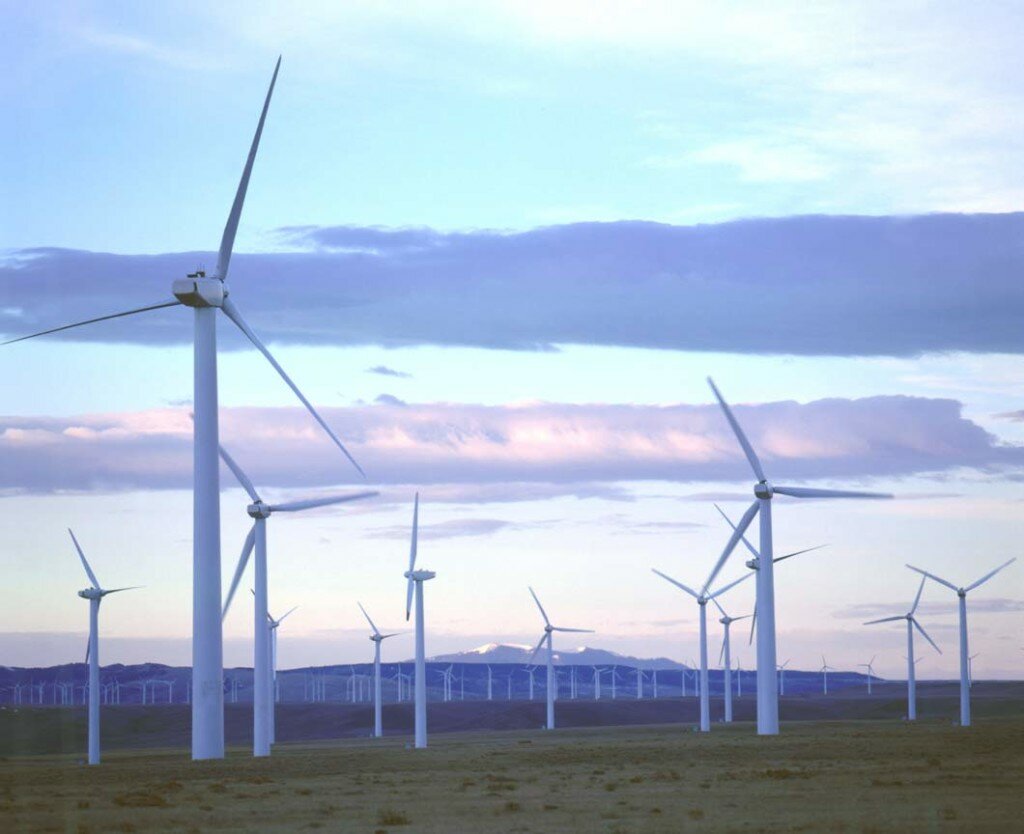Facts About Alternative Energy Sources
Today, many buildings and homes are powered by fossil fuels such as coal, oil and natural gas. These fuels are often described as the lifeblood of the global economy. However, the world’s fossil fuels are unlimited and their usage damaging to the environment. Other ways of generating energy in environmentally friendly and sustainable ways exist. These alternative energy sources could play an important role in meeting the world’s energy needs in future.

Cogeneration
This is a process whereby excess heat generated by burning fossil fuels is recycled to improve energy efficiency. This concept has its roots in Thomas Edison’s Pearl Street Station built in 1882. Edison realised that his plant generated lots of heat when generating electricity. He realised that he could capture some of the heat as steam and provide both electricity and heat in the same process.
This concept is used extensively in certain countries such as the Netherlands and Denmark. Cogeneration is also referred to as industrial combined heat and power (CHP).
Clean Energy Investment Funds
Identification
Clean energy investment funds are a niche in the financial services industry. The popularity of this industry is growing as more investors realise they can help the world by investing in green investment programs. Many businesses have adopted environmentally friendly policies. This has led to a rise in the number of investment funds available to people who want invest in clean energy companies.
Clean energy investing is also known as green investing, environmental, social and governance investing and socially responsible investing. Green energy investing firms also specialise in recycling, pollution control, organic foods, environmental cleanup, and renewable materials among others.
Expert Insight
Green energy investing firms often have relatively higher expense ratios than ideologically driven businesses. The typical expense for actively managed mutual funds is about 1.5 percent. Many green investing firms charge more than 2 percent. Green investing firms argue that the expenses are high because the funds are still small. It is important for green energy investors who want to preserve and protect the environment to pay close attention to how much they pay managers to run the funds.
Difference Between Renewable and Reusable Energy
The terms renewable energy and reusable energy have been used interchangeably. There are no official definitions for the two terms. In many cases, reusable energy is used as a synonym for renewable energy. However, some people use the term reusable energy to refer to the process of capturing waste heat and converting it to electricity. Classifying the energy as reusable would violate the laws of thermodynamics. The term reusable energy refers to harvesting residual and waste energy from industrial processes and using it for heating and power generation.
Renewable Energy
Renewable energy is obtained from natural energy resources. That means they can provide a constant supply of energy. The most common types of renewable energy sources include the sun, wind, water, biomass and geothermal energy. Common renewable energy technologies include windmills, hydroelectric turbines and solar panels among others.
Reusable Energy
Reusable energy refers to the recovery and use of excess heat produced by fossil fuels. In this case, the energy is not strictly reused; it is just used in a more efficient manner. The technology can accurately be described as waste heat recovery. A similar technology is known as energy scavenging which uses mechanical and thermal energy to generate electricity.
Reusing and Recycling
Reusing resources saves energy because it eliminates energy saving costs associated with disposing items and manufacturing new ones. The costs come about through such factors as landfill management, raw material extraction, pollution control and transportation. Effective energy conservation measures include using rechargeable batteries and cloth shopping bags as well as recycling clothing and building supplies.
Benefits
Renewable and reusable energy resources benefit the environment in many ways. They help preserve natural resources. The use of renewable energy resources reduces dependence on non-renewable energy resources such as natural gas, oil and coal among others. Reusing energy conserves heat and reduces greenhouse gases. Recycling keeps waste materials out of landfills.







